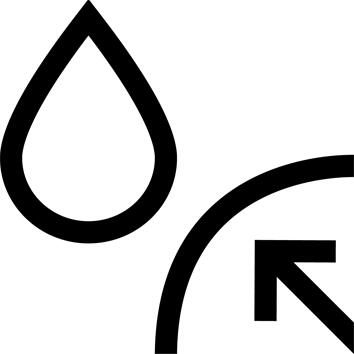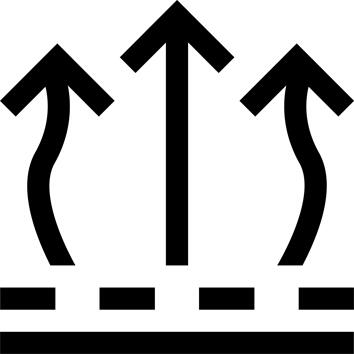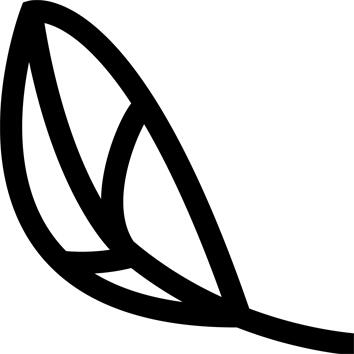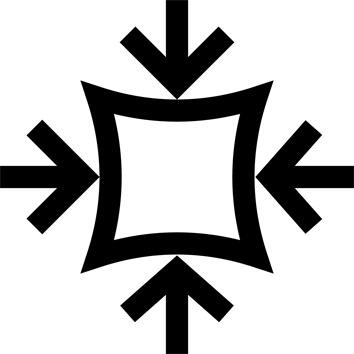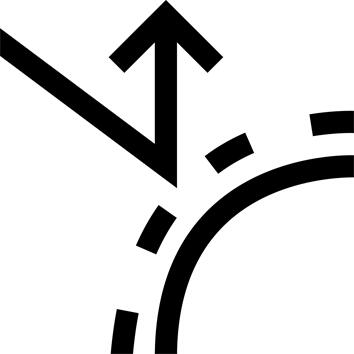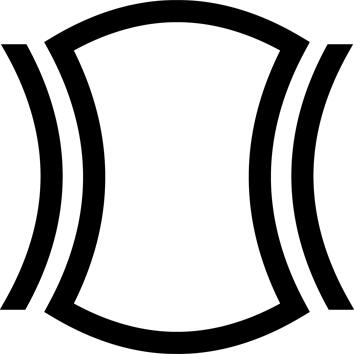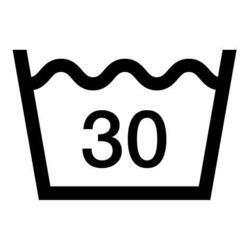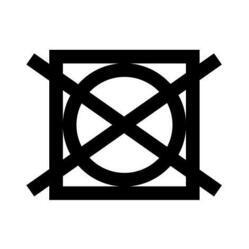CUT
Fitted cut. Inner volume enabling this jacket to be worn with a 2nd layer garment such as a fleece or light down jacket. Ease of movement, especially in shoulders and arms.
CAPUCHE
Deep and enveloping.
3-point adjustment system (height, depth and volume).
Adjustable in a single movement thanks to a single elastic cord and tightening piece. Adjustable in a single movement!
Visor for maximum facial protection.
POCKETS
Exterior: 4 large pockets with waterproof zips. 2 breast pockets and two hand pockets.
Inside: 1 waterproof zipped pocket + 2 quick-access mesh pockets.
MAIN COMPONENT
3-layer component with membrane
MEMBRANE
The waterproofness of a product depends on 2 main criteria: its component and its construction.
This product has been constructed with a membrane.
This is a kind of very thin plastic film (made of polyurethane) which makes the component waterproof while remaining breathable.
It has the advantage of being flexible, light and breathable.
3-LAYER CONSTRUCTION
3-layer construction: the membrane is bonded between the outer and inner fabrics. We use it for resistant, high-performance jackets.
COMPONENT IMPERMEABILITY
To guarantee a component's level of waterproofing, laboratory tests are carried out. To do this, we measure a fabric's resistance to water pressure expressed in mm water column (test based on JIS 1092 standard).
The higher the pressure, the more waterproof the fabric.
This component has a water resistance of 25,000 mm and can therefore withstand the pressure exerted by 25,000 mm water column. It is also equivalent to 25,000 Schmerbers.
JACKET WATERPROOFING
To ensure the jacket's level of waterproofing, we carry out laboratory tests to simulate rain scenarios.
This garment has been validated in a shower test under 30 cm of rain in 3 hours. This test reproduces average mountain storm conditions.
RESPIRABILITY
The breathability of a component is measured by its "Thermal Evaporative Resistance" (RET).
This is its capacity to let the water vapor produced by the body during exertion escape to the outside, thus preventing the accumulation of water on the skin.
The lower the RET value, the more breathable the fabric.
RET ≤ 6: very breathable fabric
RET ≤ 12: breathable fabric
RET ≤ 20: not very breathable fabric
This product has been rated at 6 RET
JACKET BREATHABILITY
In addition to the breathability of the fabrics used, Quechua develops technical solutions (zips, vents, mesh, etc.) to improve the overall ventilation of all its jackets. These ventilation systems both regulate the temperature inside the garment and facilitate the evacuation of perspiration generated by the body during exercise.
HOW TO REACTIVATE DEPERLENCE
A fabric's water repellency is its ability to let water slide off its surface without absorbing it. The fabric does not become waterlogged, and remains light and breathable. Water repellency is achieved by a treatment applied to the outside of the fabric. This treatment needs to be renewed over the life of the garment. Water repellency can be reactivated by tumbling the jacket for 10 minutes at low temperature.
You can also use water repellent (ref. 8554908).
WHERE DO OUR JACKETS COME FROM?
Created in our international design center at the foot of Mont Blanc, in France, the jacket is then made by our suppliers in China.
These are partners with real know-how in jacket manufacture, with whom we work closely.
This relationship of trust with our industrial partners enables us to create high-quality technical products.
PRODUCT DESIGN: OUR EXPERTISE
Our worldwide design center Quechua is based in Passy, at the foot of Mont-Blanc in Haute Savoie. This location makes it a real meeting place for our teams (designers, product managers, engineers...) and outdoor sports enthusiasts. A great asset for designing your mountain hiking products, and providing you with all our expertise.
